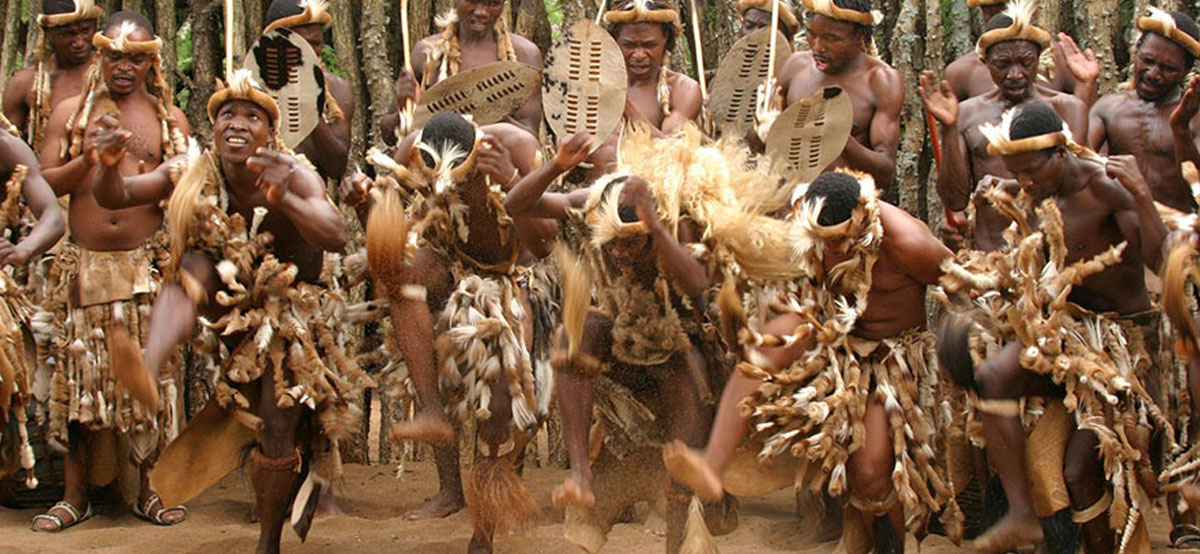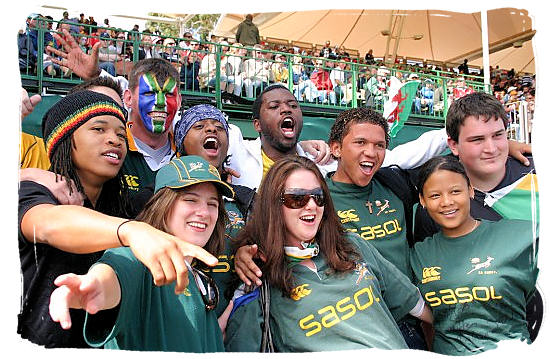Little Known Facts About South African Culture Today.
Little Known Facts About South African Culture Today.
Blog Article
The Best Guide To South African Culture Today
Table of ContentsAbout South African Culture TodaySome Known Incorrect Statements About South African Culture Today All about South African Culture TodayThe 45-Second Trick For South African Culture TodayGetting The South African Culture Today To WorkAn Unbiased View of South African Culture Today
This follows with vocal singing and drum beating. The couple then consult with the senior citizens and speak about the importance of their union. A matter of importance in Zambian towns is the diing of enjoyed ones. All participants of the village placed cash, time and effort with each other for the burial of the deceased.During the grieving period; males remain outside your home and the females remain inside your home of the deceased. After speaking about the dead, the village walks to the place of burial to claim their last goodbyes. Music and dancing is an extremely crucial element of the Zambian society. The various tribal devices have their own dance types; nevertheless, makishi prevails amongst all people.
The 7-Second Trick For South African Culture Today
When it comes to music, drums are made use of the most, with a range of drumming events. In Zambia, bulk of the people are Christian; Protestant and Roman Catholic. There are tiny groups of Muslims and Hindus, with the rest following local indigenous tribal ideas.

South African heritage and culture is greatly varied, and contains various teams of individuals who each have their very own traditions and ideas. Having such a diversity of individuals and societies is what makes South Africa so distinct. In the true feeling of the expression, we are a rainbow nation.
South Africa has approximately 3 hundred thousand Portuguese people staying in it. Making it the 7th on the list of nations with one of the most Portuguese people in it beyond Portugal. Portuguese is not just a society, however it is additionally a language and a race. Portuguese individuals originate from the nation of Portugal in Europe, nonetheless, as a result of Portugal (like many other nations in Europe) checking out the globe and dominating various other countries during the 15th 20th centuries, South Africa has what we call Portuguese South African's living in it.
Some Ideas on South African Culture Today You Need To Know
Amongst the prominent attributes of the topography is a plateau that covers virtually 2 thirds of the facility of the nation. The plateau complicated increases towards the southeast, where it climaxes in the Drakensberg range, part of a cliff that divides the plateau from the seaside locations. The Drakensburg consists of Sparkling wine Castle, the greatest peak in the nation.
The area north of the Witwatersrand, called the bushveld, slopes downward from east to west towards the Limpopo River, which creates the global border. The western area of the plateau, the middleveld, additionally comes down in the direction of the west and varies in altitude between the highveld and bushveld. In between the Drakensburg and the eastern and southerly shoreline, the land descends to the sea.
Nearer the shore there is a low-lying plain called the eastern lowveld. Southwest of the plateau the nation becomes progressively more arid, giving method to the hostile desert of the Great Karroo, surrounded on the eastern by the reduced, better watered plateau of the Little Karroo. Separating the completely dry southerly inside from the sandy littoral of the southerly coastline and West Cape is an additional array, the Langeberg.
7 Easy Facts About South African Culture Today Explained
The nation's racially, ethnically, and politically divided history has produced nationwide and subnational icons that still operate as icons of the nation, and others symbols that are accepted just by particular teams. The monuments to white settler conquest and political dominance, such as the Afrikaner Voortrekker ("leader") Monolith in Pretoria and the Rhodes Monument honoring the British colonial realm builder and Cape head of state Cecil Rhodes, continue to be sectarian signs.
The very first modern residents were the San ("bushman") hunter-gatherers and the Khoi ("Hottentot") individuals, that herded livestock (South African culture today). The San might have been present for countless years and left evidence of their presence in hundreds of old cave paints ("rock art"). Bantu-speaking clans that were the forefathers of the Nguni (today's amaZulu, amaXhosa, amaSwazi, and vaTsonga peoples) and Tswana-Sotho language teams (today's Batswana and Southern and Northern Basotho) moved down from eastern Africa as early as the fifteenth century

Both previous republics of the Orange Free State and Transvaal (South African Republic) were established by Afrikaner inhabitants that defeated and dispossessed the Basotho and Batswana. Lesotho would have been by force incorporated into the Orange Free State without the expansion of British protection in 1869. The supreme marriage of the nation resulted from the South African War (18991902) in between the British and the 2 Afrikaner republics, which decreased the nation to ruin at the beginning of the twentieth century.
Afrikaners traditionally considered themselves the just true South Africans and, while giving complete citizenship to all homeowners of European descent, refuted that condition to people of color up until the democratic transition of 1994. British original site South Africans preserve a feeling of social and social link to Great Britain without compromising their identification as South pop over here Africans.
The Best Guide To South African Culture Today
The variety and fragmentation within ethnic groups and the equilibrium of tensions between those groups throughout the twentieth century prevented interethnic civil conflict. While intergroup stress over resources, privileges, and political supremacy stay, those disputes are as likely to match Zulu versus Zulu as Zulu versus Xhosa or African against Afrikaner.
From colonial India, British merchants and administrators brought the bent steel decorative roofings and slender lace job columns that still symbolize the terraces of cottages arounds and cities throughout the country. Holy places contribute a vital architectural element also in the tiniest communities. In addition to the rising steeples and timeless stonework of Afrikaans Dutch Reformed churches, Anglican churches, synagogues, mosques, and Hindu shrines give range to the spiritual architectural scene.

Slaughtering and the developing of traditional grain beer are necessary in securing the involvement and goodwill of the forefathers that are thought about the guardians of excellent fortune, prosperity, and wellness. Indian areas maintain their here are the findings native culinary practices and use them on Islamic and Hindu ritual and ritualistic celebrations. Afrikaners and Coloured people gather at weekends and unique celebrations at multifamily bbqs called braais, where community bonds are enhanced.
Since this was the main financial venture of both black Africans and white colonists, conflict between those groups centered on the ownership of grazing land and animals. In 1867, the biggest ruby down payments worldwide were discovered at Kimberley in the west central area. The riches from those fields aided finance the exploitation of the best gold coral reef in the globe, which was found on the Witwatersrand in 1886.
5 Easy Facts About South African Culture Today Described
This resulted in misunderstandings and intentional misstatement in the transactions of white settlers and federal government authorities with African chiefs during the early american duration (South African culture today). In the establishment of African gets, some facets of common and chiefly "tribal trust fund" land period were protected, and even in white backwoods, forms of public tenure were still exercised in areas with African communities
After the autonomous improvement of 1994, programs for land restitution, redistribution, and reform were instituted, yet development has been slow-moving. The white minority still manages eighty percent of the land. Following agricultural land intrusions in Zimbabwe, the Division of Land Affairs has vowed to speed land redistribution.
Report this page